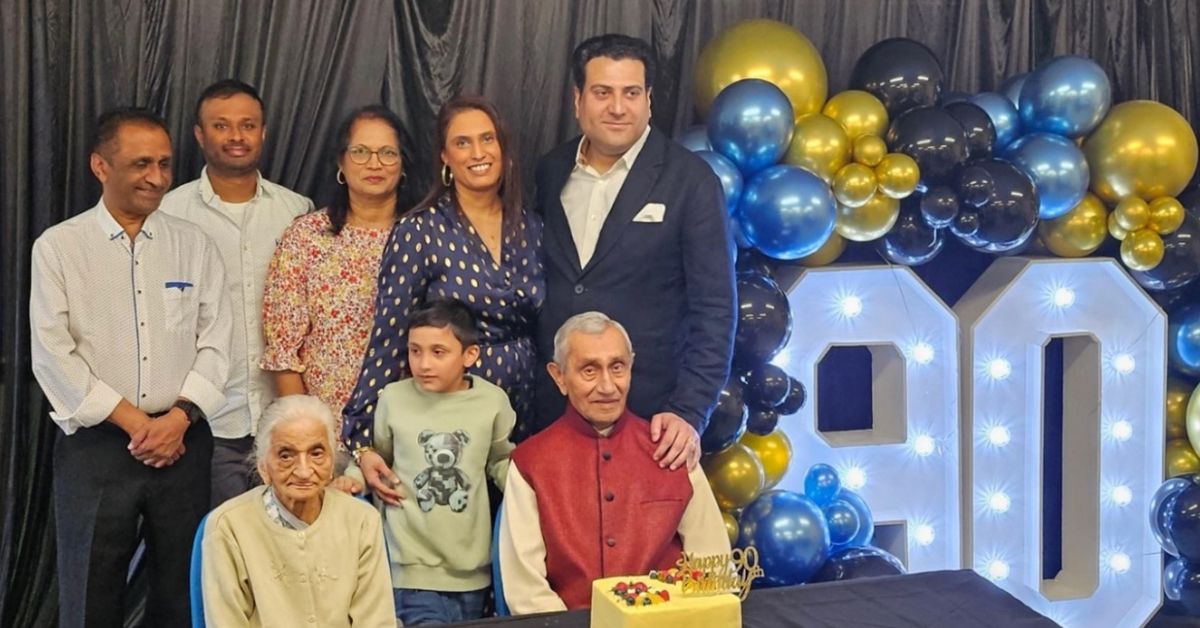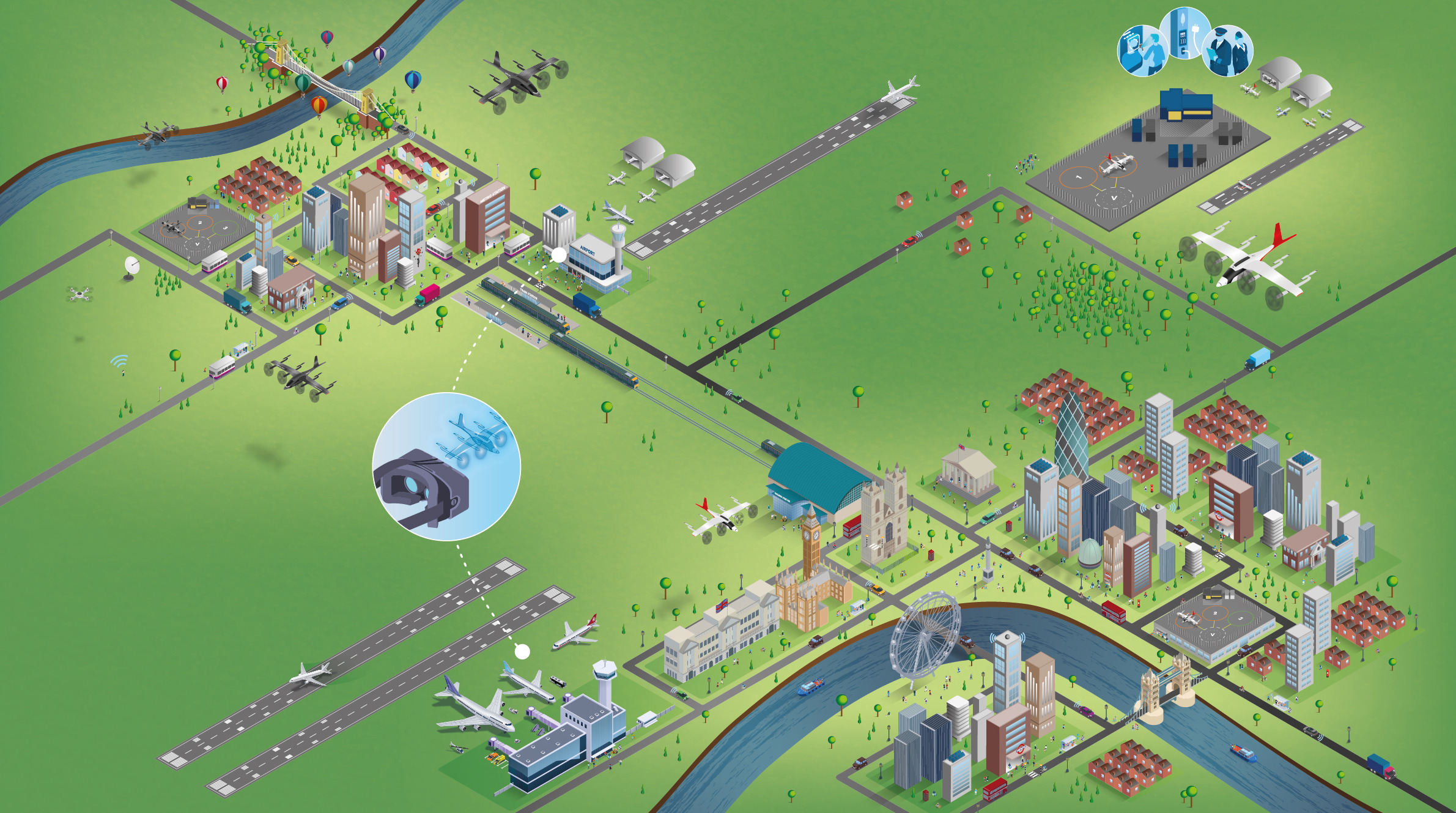Why Best Practice Fails – Cynefin Framework and Adopting Techniques That Work – second of four on this subject
01/03/2019

Some while ago, we blogged about how the use of Best Practice is the well-trodden path to mediocrity.
Not only does adoption of so-called Best Practice lead to mediocrity. Transferring Best Practice from one context, where the conditions were right for it to work, to another, where there are different conditions, can often lead to costly failure. In our previous blog, we introduced the Cynefin Framework, and this helps explain why.
In that last blog, we ran through the Simple Domain. Best Practice only works in this Simple Domain. Many real-life business situations are Complicated, Complex or even Chaotic. In this second of four blogs, we’ll run through the Complicated Domain.
In the previous blog we introduced the Simple Domain, and in this blog we’ll cover the Complicated Domain.

Complicated Domain (Volatility = Medium; Uncertainty = Medium; Complexity = Medium; Ambiguity = Medium): For example the whole end to end Lead to Cash (L2C) Business Process of ordering a new telephone line, broadband, TV and other services, through to it all being provided and working satisfactorily – that’s Complicated! The environment can be complicated particularly if the house is newly built, there are no cables to the house, meaning contractors need to dig, road traffic management arranged, ducting laid, cables laid and connected at either end, electronic devices set up correctly at both ends, and so on.
However, the Complicated Business System to provide the service is (usually) made up from a series of sequential Simple Business Processes or Stages. But these Processes/Stages can coalesce into functional “silos” – which can create dysfunctional behaviour. For example, openreach operates separately (under scrutiny from and enforced by the Regulator) from BT, which can create significant challenges.
There is usually a logical Flow through the System, but each silo becomes a domain for “experts”. Within the silos, these experts’ preferred approach is analysis (as opposed to synthesis – or analysis at the System-level) using all the BI and BA tools available. The System is taken apart, and the focus is on making the parts function better. So the tendency is for each silo to search for, or develop, its own set of the many techniques and tools that worked in the Simple Domain. So we end up with Process/Stage analysis and improvement, rather than synthesis and System improvement. Techniques that work well here include things such as Problem & Purpose Workshops, System/Process Discovery Workshops, Visual Control Systems (providing a so-called Gantry View – see previous blog on Data Visualisation, Fantastic Beasts and Where to Find Them), Logical Thinking Process and Boyd’s OODA Loop. Best Practice does not.
And again, the Complicated Environment might change – perhaps there is unseasonal weather that causes problems with the underground works and joints, or the Regulator suddenly demands that a certain higher Broadband speed is achieved, meaning significant changes to the electronic devices at either end. These kinds of changes could push the Complicated System into Disorder for a while. But again, it will normally recover after a few days or weeks.
…. Next time, we’ll take a look at the Complex Domain
…. Or, in the meantime, you could take the Dilbert approach and end up failing, or mediocre at best!
Categories & Tags:
Leave a comment on this post:
You might also like…
Keren Tuv: My Cranfield experience studying Renewable Energy
Hello, my name is Keren, I am from London, UK, and I am studying Renewable Energy MSc. My journey to discovering Cranfield University began when I first decided to return to academia to pursue ...
3D Metal Manufacturing in space: A look into the future
David Rico Sierra, Research Fellow in Additive Manufacturing, was recently involved in an exciting project to manufacture parts using 3D printers in space. Here he reflects on his time working with Airbus in Toulouse… ...
A Legacy of Courage: From India to Britain, Three Generations Find Their Home
My story begins with my grandfather, who plucked up the courage to travel aboard at the age of 22 and start a new life in the UK. I don’t think he would have thought that ...
Cranfield to JLR: mastering mechatronics for a dream career
My name is Jerin Tom, and in 2023 I graduated from Cranfield with an MSc in Automotive Mechatronics. Originally from India, I've always been fascinated by the world of automobiles. Why Cranfield and the ...
Bringing the vision of advanced air mobility closer to reality
Experts at Cranfield University led by Professor Antonios Tsourdos, Head of the Autonomous and Cyber-Physical Systems Centre, are part of the Air Mobility Ecosystem Consortium (AMEC), which aims to demonstrate the commercial and operational ...
Using grey literature in your research: A short guide
As you research and write your thesis, you might come across, or be looking for, ‘grey literature’. This is quite simply material that is either unpublished, or published but not in a commercial form. Types ...






